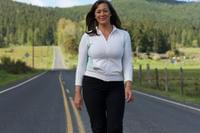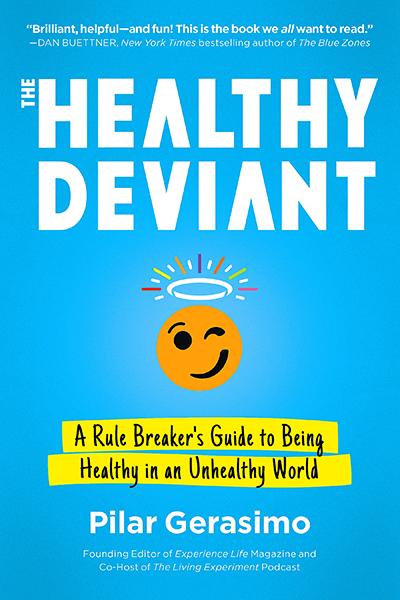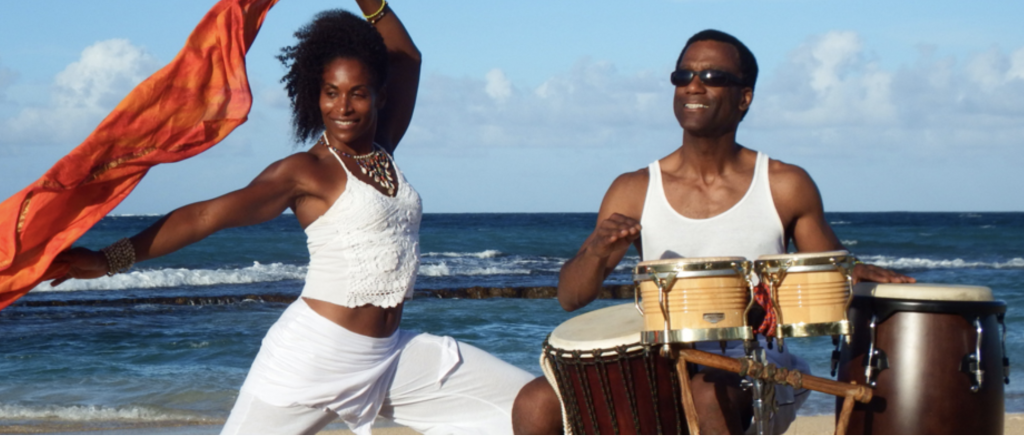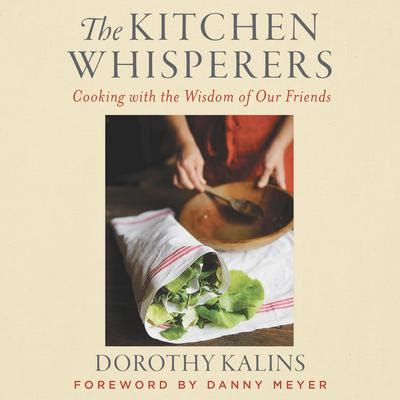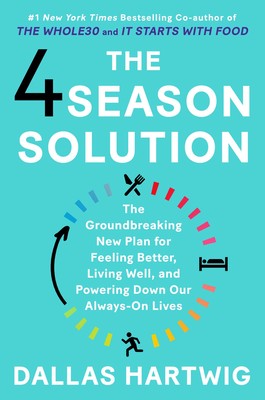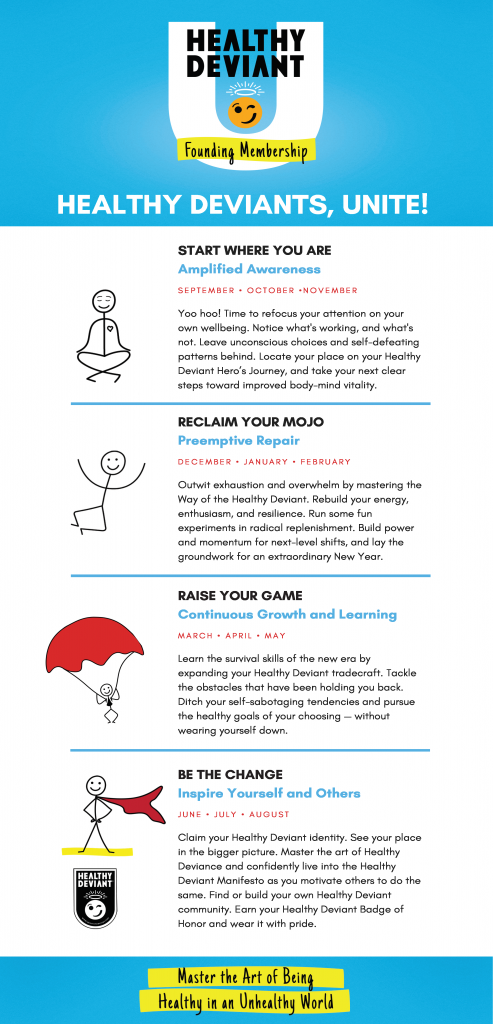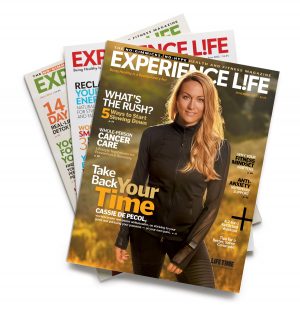This week we’re doing something different — something big and bittersweet. We’re winding down our own decade-long experiment in doing this podcast.
Here, after more than 120 episodes and more than a million and a half downloads, we’re sharing our reasons for choosing this time to conclude, and we’re reflecting on all we’ve learned and gained from embarking on this experiment in the first place.
We’re exploring what it means to invest yourself in doing something that matters to you, not really knowing what it will produce or how it might turn out. We’re expressing our gratitude for the opportunity we’ve had to talk with each other — and with you — over all this time, because that has been such a pleasure and an honor. It has been rich, meaningful work, and so much fun.
Finally we’re sharing what we’re both up to now, what we see coming next, and how you can stay connected with us and our next-generation projects, if you choose.
Naturally, we leave you with a few experiments to send you off in in classic Living Experiment style. Because experimenting is always the best way to find your healthy, happy way forward — now, and always.
Oh, and because this episode was originally recorded a few years back, we’ve also included a little epilogue at the end. It includes some fun freebies and new ways to connect with us.
And now, on to our concluding episode of The Living Experiment podcast.
“Conclusion” Episode Highlights
- Personal growth and changes over the past five years, and the podcast’s impact
- Individual reasons for winding down, include the need to focus on new projects and personal priorities
- Our gratitude for meaningful conversations and connections made through the podcast, and for audience support and engagement
- The challenges of content creation, and the desire to avoid purposeless production
- Staying connected with us through the podcast archive and social media
- Our current and future projects
- Encouragement to continue a life-long practice of experimentation

If you’re feeling inspired to try something new, or make the world better, or even just have some fun, start something! It could be as simple as sharing a book or a resource (like this podcast!) with a person or group you care about, or maybe something big like launching your own podcast or writing a book. Do it for as long as it feels good, and then let it go.

Choose one (or both!):
- Scroll through the archive of episodes on this website and listen (or re-listen) to one that grabs you. If you want to share it with someone, tell them why and ask if they’d like to discuss it with you.
- Just lie down. Right now. If your immediate reaction to this idea is resistance, notice that. Why can’t you lie down now, or why don’t you want to? Then ignore those thoughts and do it anyway. It might be the spark you need to start making decisions that are your very own, and not what society is telling you that you should do.
Resources
- Subscribe to Pilar’s “Healthy Deviant Digest” Substack, follow her on Instagram, and join her Healthy Deviant Facebook group
- Pilar’s Refine Your Life course (starts July 19!), Healthy Deviant U program, and Healthy Deviant Day Camp (August 9!)
- Follow Dallas on his Instagram and sign up for email updates on his website
Subscribe and Share the Love!
Have you told your friends and family about The Living Experiment? If you dig the podcast, please share it! Subscribe and leave a review at Apple Podcasts or wherever you get your podcasts. Every recommendation from you means a lot!
